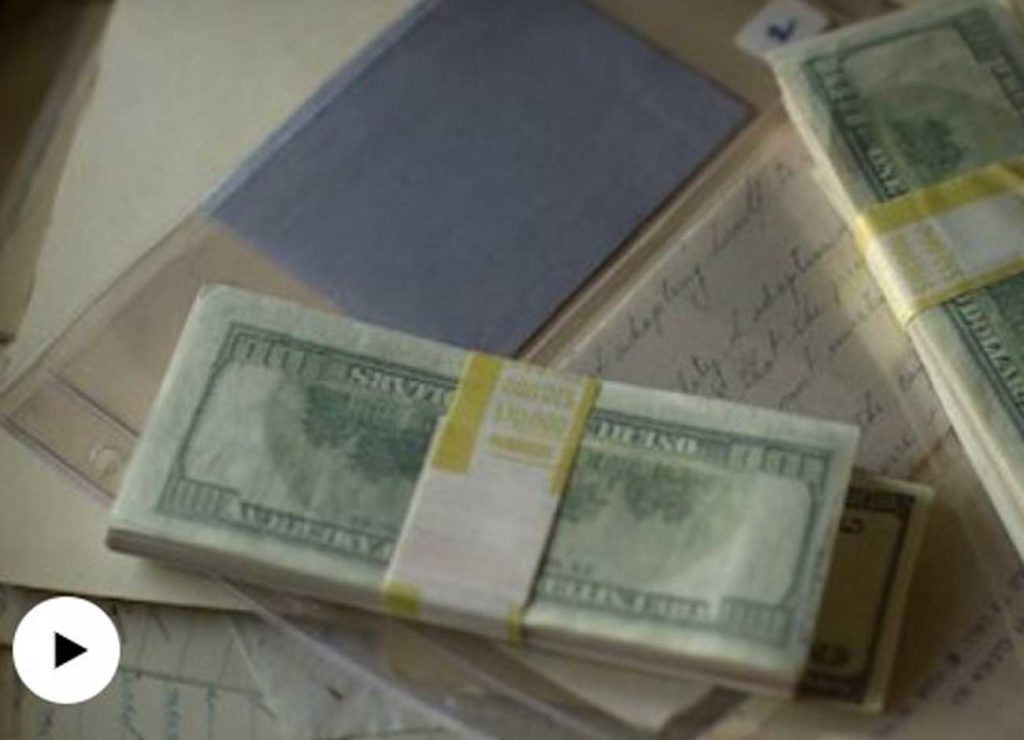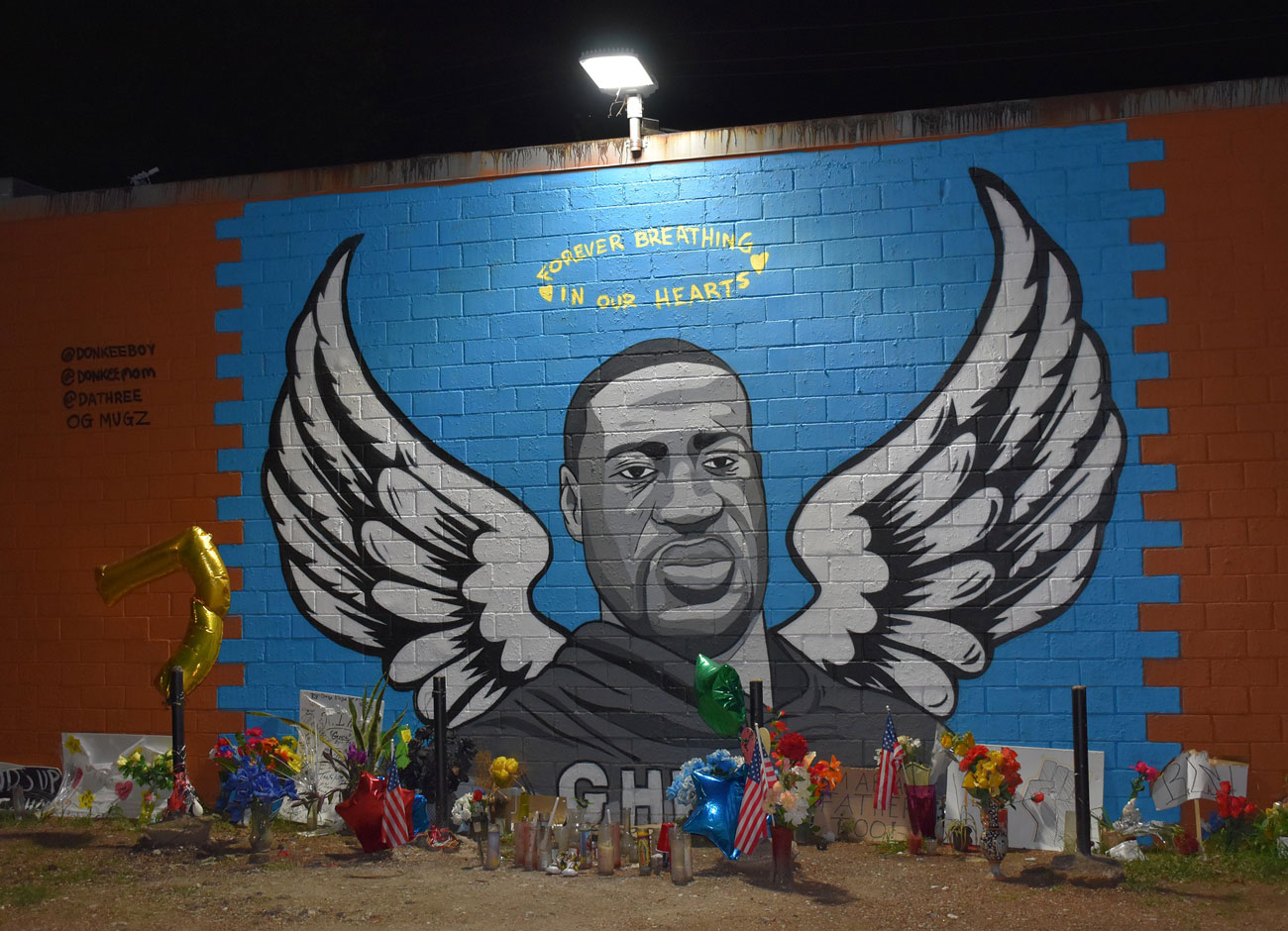From ‘The Foyer’: Discussing Murder Among the Mormons

Thirty-six years after murdering two people to cloak his secret life as a forger of historic documents, a Netflix documentary entitled Murder Among the Mormons generated renewed interest in the story of convicted murderer Mark Hofmann.
Hofmann, who attended Utah State University in the late 1970s and early ‘80s, is now 66 years old and incarcerated in the Central Utah Correctional Facility in Gunnison after being convicted in 1987 of building and planting a pair of bombs in Salt Lake City that killed Steven Christensen and Kathy Sheets. A third device exploded in Hofmann’s car, leaving him with severe injuries, and ultimately leading to his arrest.
Directed by Jared Hess and Tyler Measom, Murder Among the Mormons outlines Hofmann’s efforts to forge documents related to the history of The Church of Jesus Christ of Latter-Day Saints, most notably the so-called “Salamander Letter” that drastically altered the account of the founding of the Mormon religion by Joseph Smith.
A native of Preston, Idaho, Hess is best known as the writer and director of the 2004 comedy Napoleon Dynamite, which was filmed entirely in Cache Valley. And on April 20, USU professor of religious studies and history Patrick Mason hosted Hess, as well as historian and author Rick Turley, on his podcast entitled “The Foyer: Conversations about Mormon History and Culture.”
“For me it was just an incredibly rich story on so many levels,” Hess replied when Mason asked why he chose the subject of Mark Hofmann for his first feature documentary. “And everything felt kind of high stakes, as far as its related to church history and American history. And then the lives that were senselessly taken. It’s just a fascinating, fascinating story.”
The author of the 1992 book Victims: The LDS Church and the Mark Hofmann Case, Turley spoke about some of Hofmann’s USU connections, most notably the impact the murders had on A.J. Simmonds, the former curator of USU’s Special Collections and Archives, who served as a mentor to Hofmann while he was a student.

“Everything felt kind of high stakes, as far as its related to church history and American history. And then the lives that were senselessly taken. It’s just a fascinating, fascinating story.” – Director Jared Hess
Simmonds, who died by suicide in 1995, was unaware that Hofmann had dabbled with altering coins and paper money to make them more valuable in his younger years, and that he was perfecting his ability to forge historical documents while spending a lot of time in the old USU library.
“A.J. was definitely a victim,” Turley responded when asked about Simmonds. “Mark studied A.J.’s personality by interacting with him many times. A.J. was very outgoing – he was willing to help people – and Mark Hofmann took advantage of that. And he victimized A.J. initially by making him a co-discoverer of the Anthon Transcript.”
The original Anthon Transcript was a piece of paper on which Joseph Smith drew the “reformed Egyptian” characters found on the golden plates from which he had been transcribing The Book of Mormon. In 1828, Smith’s friend, Martin Harris, took the translation fragment to Charles Anthon, an assistant professor at Columbia College, in an effort to have Anthon verify the characters on the paper as Egyptian. According to Harris, Anthon initially authenticated the characters and Smith’s translation, but then tore up his letter of authenticity after Harris told him that Smith had received the plates from an angel. It’s an uncertain what happened afterwards to the piece of paper that Harris shared with Anthon.
But in the spring of 1980, Hofmann created a forgery of the Anthon Transcript, placed it inside of an old Bible and took it to Simmonds, who was astonished at what he found inside. And while Simmonds initially hoped to acquire the document for USU’s Special Collections and Archives, Hofmann eventually sold the forgery to the LDS Church.
“(Hofmann) really made his big debut at Utah State University when he entered the archives and showed to A.J. Simmonds, the archivist, a document that he had purportedly found in a Bible that came down through Smith family lines,” Turley said. “And when A.J. helped him to open it, it appeared to be the lost manuscript that Martin Harris took to Charles Anthon to have evaluated. And that launched his career and after that, there were a serious of other miraculous discoveries.”
A longtime historian for The Church of Jesus Christ of Latter-Day Saints, Turley said that because Hofmann planted many of his forgeries, he and other historians believe that some of them have yet to be discovered.
“And I believe he forged many documents that have yet to be unmasked as such,” Turley added.
Ironically, during “The Foyer” broadcast, Hess revealed that he and his family now live in the Sugar House neighborhood of Salt Lake City in the last home in the valley owned by Leonard Arrington, a longtime USU professor who later served as the official historian of The Church of Jesus Christ of Latter-Day Saints from 1972 to ’82. Arrington also had a professional association with Hofmann while the forger was trying to sell documents to the hierarchy of the LDS Church, and Mason currently sits as USU’s Leonard J. Arrington Chair of Mormon Studies.
Although Mason grew up in the Salt Lake Valley, he pointed out that he was only 9 years old at the time of the murders and doesn’t have any memory of the bombings. However, he said the Netflix documentary “really transported” him back to his childhood due to the use of old TV news footage.
“This is Mormon history, but this was during our lifetime. It’s not like Ken Burn doing The Civil War or something like that.” – Patrick Mason
“This is Mormon history, but this was during our lifetime. It’s not like Ken Burn doing The Civil War or something like that,” Mason pointed out.
Because of that, Hess and Measom were able to interview many of the people involved in the tragic events of Oct. 15-16, 1985, including Dorie Olds, Hofmann’s ex-wife. The couple, who first met while living in the same apartment building while attending USU, had four children together before Dorie divorced Hofmann in 1987, shortly after he confessed to two counts of second-degree murder and was sentenced to life in prison.
Hess said he and Measom reached out to Hofmann more than a dozen times over a four-year period in an effort to have him tell his side of the story, but Hofmann never responded to their requests.
“I think he holds on to some delusional hope that he might be able to get out at some point, which would never happen, obviously,” Hess said. “And my sense is that he’s been advised by his attorney not talk because, look at his chance in front of the parole board. The audio that we play in the film, it was like the guy just freaking blew it. It was like he couldn’t help himself. He couldn’t even pretend to show remorse.
Hess added, “… Tyler has mentioned he thinks that is the last bit of power that he has, that he can withhold and take a lot of these secrets to the grave.”
By Jeff Hunter ’96
Listen to past episodes of “The Foyer: Conversations about Mormon History and Culture” hosted by Patrick Mason.





